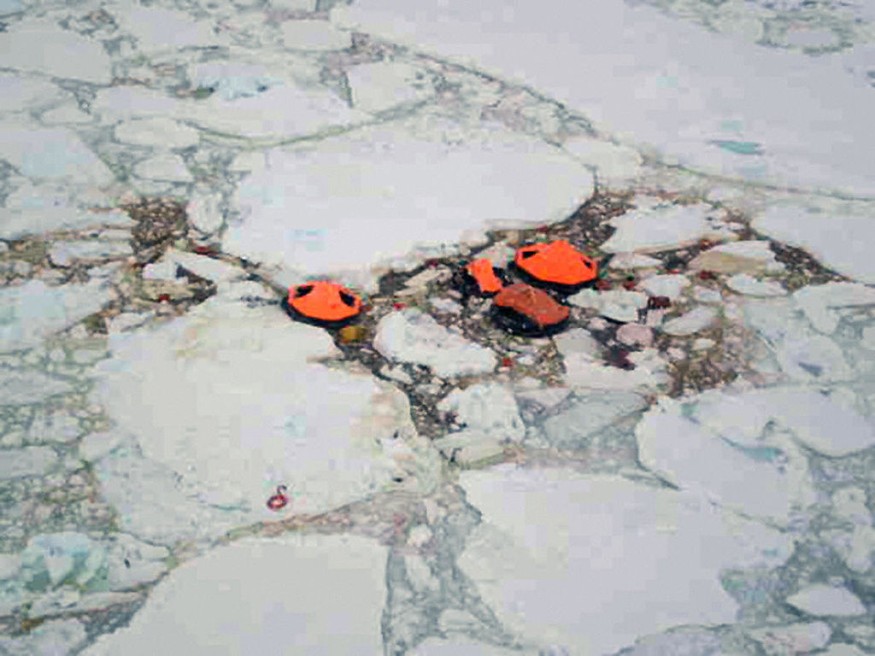
Fuel-eating microbes from the frozen Antarctic were recently found to naturally clean up pollution in the driest continent, "munching up" through wastes caused by diesel.
Research stations have been using diesel as a source of heat and energy in the coldest polar region. Protected by a 1961 Madrid Protocol on keeping the continent a pristine state, a team of Argentine scientists say the fuel-eating tiny microbes may help in the plastic clean-up and "could have potential use for wider environmental issues," NewsBreak reported.
"This work uses the potential of native microorganisms - bacteria and fungi that inhabit the Antarctic soil, even when it is contaminated - and make these microorganisms eat the hydrocarbons," said Dr. Lucas Ruberto, a biochemist. "What for us is a contaminant, for them can be food," he notes.
Using native microorganisms to clean up pollution from fuels
Last December, Ruberto, along with other researchers went to Carlini, one of the six permanent Argentine bases in Antarctica, and gone through COVID-19 protocols. There had been isolated virus break-outs reported in the continent.
The researchers carried out a bioremediation tasks using clean soil affected by diesel and native microorganisms and plants to remove some 60-80% of contaminants. They found that microbes thrived in nitrogen, humidity and aeration.
"We optimize the conditions to do so: add nitrogen, phosphorus, let it ventilate and correct some of humidity conditions. Basically, with that we get the microorganisms to biologically reduce, with a very low environmental impact, the level of contaminants," he told Reuters via Zoom.
"This year we incorporated as one of the group's projects the search for indigenous microorganisms that are capable of degrading plastic," said Nathalie Bernard, a biochemist and specialist in plastic biodegradation, as they begin to study how the microbes can tackle plastic waste pollution in the icy continent and elsewhere, as per Tucson.com.
"If we find that it is indeed degrading plastic, the next step would be to understand how it does that, so that in the long-term we could find a way to put together a biotechnology process for low-temperature polymer degradation," Bernard added also via Zoom.
To do so, the researchers collected samples of plastic from the Antarctic seas to see if the microorganisms are eating the plastics or simply using them as rafts.
Motivation for the Antarctic research
Ruberto said doing their work within the awe-inspiring surroundings of the Antarctic helped motivate the research.
"Being able to investigate in Antarctica is a dream come true," he said. "It is a unique, protected place, with very special ecosystems."
Both fuels and plastics are polymers, with molecules made up of long chains of mainly carbon and hydrogen. The hydrocarbons that make up plastics are embodied in the material itself, essentially making plastics a form of stored energy, which can be turned into a liquid fuel source. While the researchers have not yet completely uncovered how the tiny microbes "munch" upon these polymers, they are looking forward to develop the idea into something the environment will find especially useful.
© 2025 NatureWorldNews.com All rights reserved. Do not reproduce without permission.





